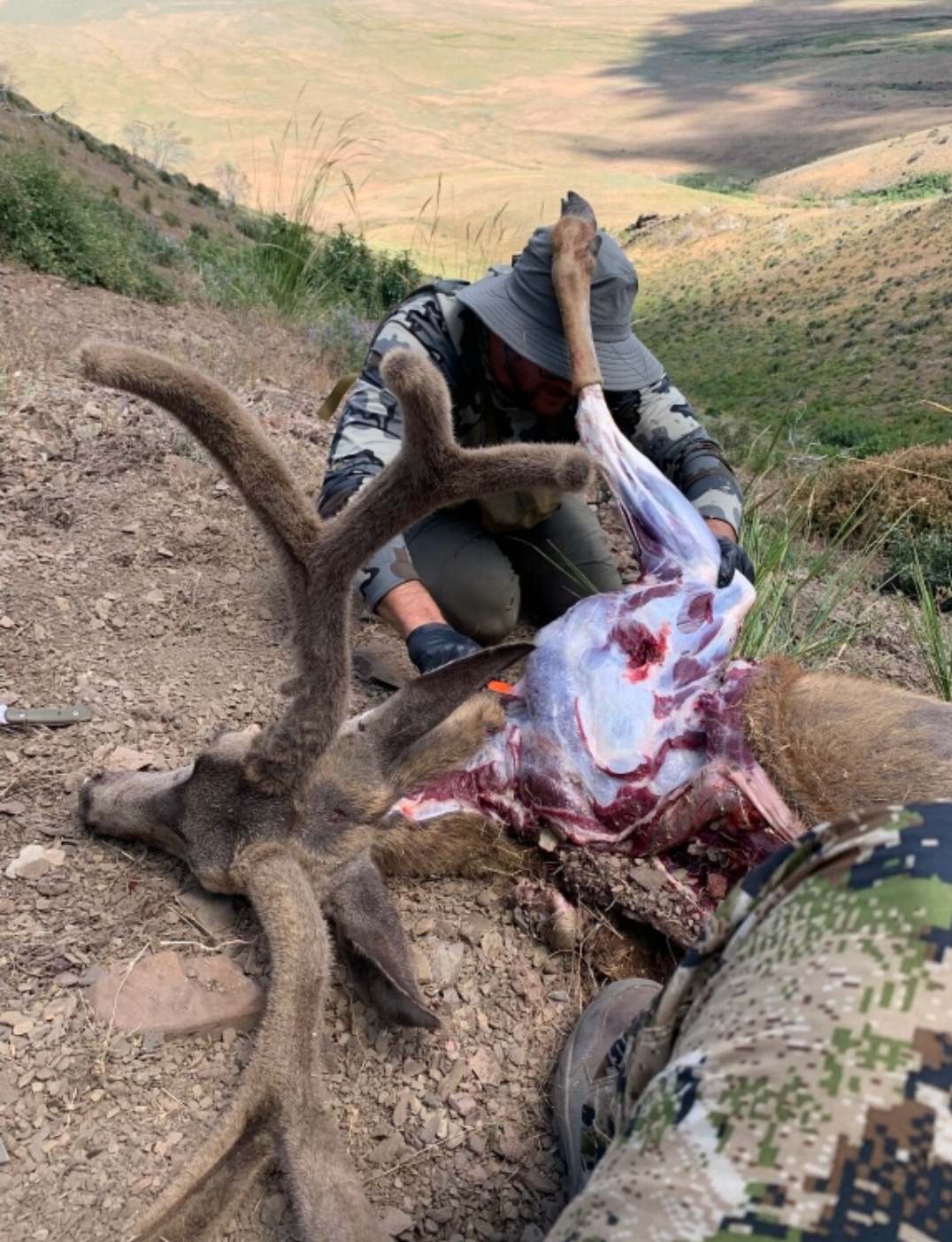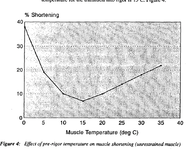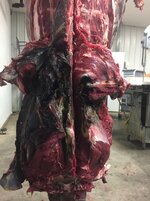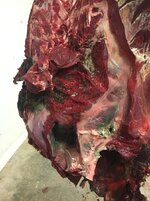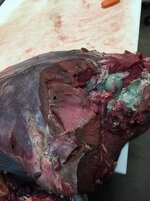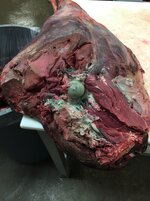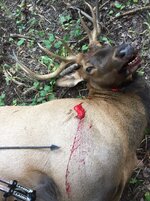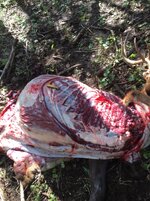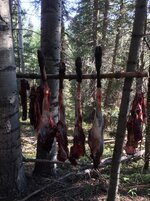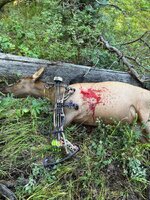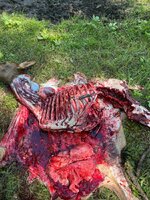Alright I'll bite on this thread, but there is a lot of nuance to much of this discussion. If I may start with the info that LoH has shared since it's so scientific. I just think it needs more input.
1. The most important separation of the discussion about wild meat cooling, rigor, and cold shortening VS that of domestic beef is very important for hunters to know. There are a lot of tricks to the commercial meat industry that are innovated for the sake of efficiency, quality, preservation and presentation of red meat. Those tricks do not translate well to hunters because our harvest environments are drastically different than a tightly controlled commercial slaughter plant. Not that we should forget what we read about the meat industry, but here are some things to consider based on my PhD level understanding of real time meat preservation and mitigation strategies.
2. Conditioning and delayed chilling. This refers to the pre-harvest "condition" of the animals' hormonal state (adrenaline mainly) up to the most critical 48 hours before slaughter. For example, stressed animals result in higher final pH levels in meat (over 6.0pH is tougher and dryer than pH 5.4-5.7) Fighting, cold weather, fasting and even transit stressors (conditions immediately before death) affect the quality of our game meat. Delayed chilling is a misnomer rabbit hole not to compare between wild meat preservation and commercial standards. I'll retouch on this down the read.
3. Deboning / physical restraint of muscles prior to rigor is a big deal for meat hunters and not so big a deal for wilderness backpack hunters who enjoy wild meat. Pragmatic scenarios sometimes demand that we hunters debone a hot carcass to get it out of the wilds timely and safely. The argument of science in this topic is not arguable. Meat left of the bone through rigor mortis results in less chance of shortening (permanent muscle contraction) regardless of storage temperature. I could argue that the final pH of the meat is more important to tenderness than whether the meat was on-the-bone or deboned immediately.
4. Electrical stimulation has less to do with "speeding rigor" and more to the point of accelerating the drop in the final pH of the meat. The commercial meat industry uses electrolysis to rapidly produce a pre-rigor pH of 5.4-5.8 while the meat is cooled rapidly to 40F where it hangs for up to 14 days in a controlled setting. This does not actually speed rigor mortis (glycolysis) but rather sets the best stage within meat fibers for rigor to process. It is said to shorten the process of glycolysis but it doesn't seem to speed up the window. That window is connected to storage temperature and conditions. The warmer the storage temp the faster glycolysis completes. But, a moot point to hunters since we ain't shockin nothin out and about.
Delayed cooling
Studies have suggested that Cold shortening levels of <25% (meaning some muscle contraction but likely is not noticeable in taste quality) can occur when meat core temps drop below 50F BEFORE the final pH still above pH 6.0. This is a vital takeaway for hunters. This means if you harvest an elk and the meat temperature reaches 50F within the first 24 hours, the meat is only at a higher risk of muscle contractions that could influence tenderness but is not decided or harmed by it through our taste buds. None of that shit matters much because our ideal goal for meat quality and preservation is to chill wild meat to 40F and keep it that cool until we transport it out of the field. Storage temps and humidity control the cooling rate of wild meat, which contributes to the water content in muscles prior to, during and after rigor. Which all connects the taste to quality vs tough and chewy.
The roof of this discussion is the final pH of the meat. Temperature be damned, if the animal's meat has a final pH value of >pH 6.0 (24 hours post harvest), that meat will likely be tough and chewy regardless of aging times and preservation techniques. So we should be equally concerned about the condition of the animal's health and stress load prior to death as we are about kill site temps and time left in the field.
Given a healthy animal and one that did not suffer for an hour during the stalk and kill scenario, the most ideal target for the final pH of meat quality is pH 5.4-5.8. The best way to ensure that your final pH falls within a tasty margin is first to shoot a non-stressed animal with a double lung shot to bleed out muscles well and then to promote cooling the meat from its resting core temp of 100F at time of death down to <50F by 30-36 hours post harvest. Meat should not be allowed to freeze prior to the end of rigor (60-72 hours post death). Once meat has stiffened and relaxed indicates the end of rigor. Meat will get firm to touch near 30F but will not produce freeze crystal until meat temps are <27F based on my research. The storage temp goal is 40F until after rigor, then freezing won't hurt a bit.
Glycolysis in wild meat starts at death and extends to 24 hours post harvest. Side note: when you strip the hide off a dead animal and you see muscle twitching and firing as if still alive...that's the observable process energy of sugars converting to lactic acid in the muscles.
Resources:
I could go on and on about meat science. Hope this helpful in some way to the OG post.

